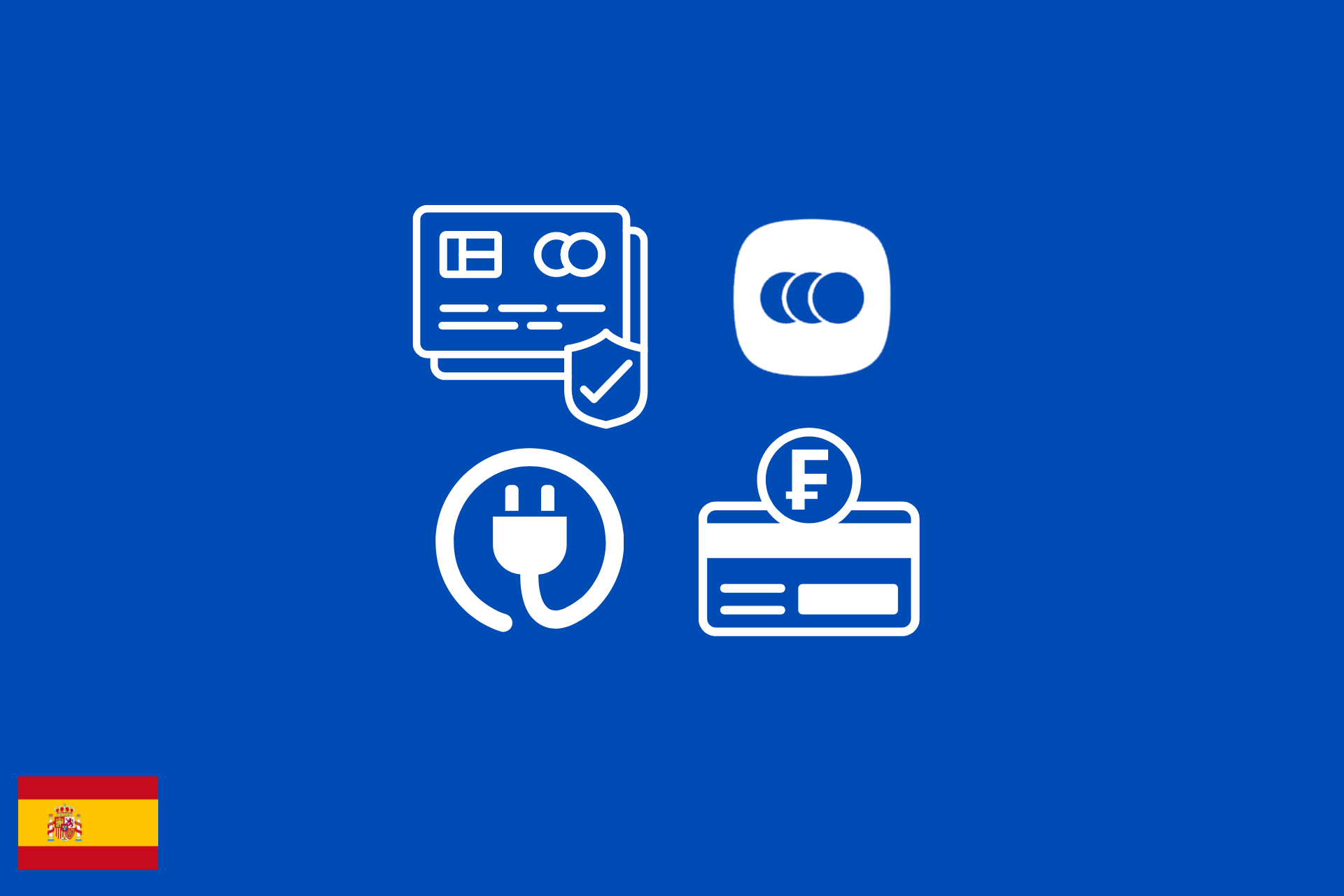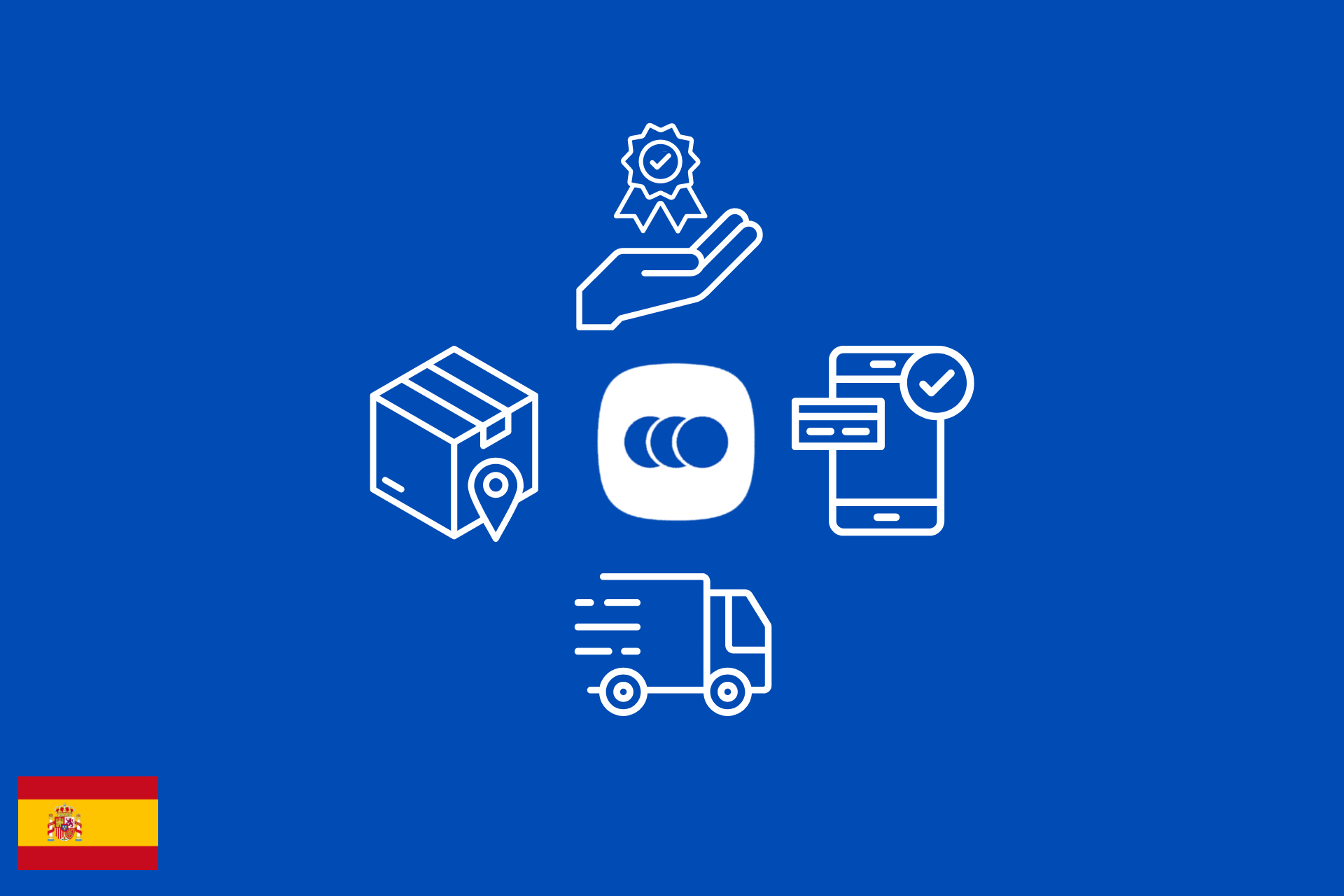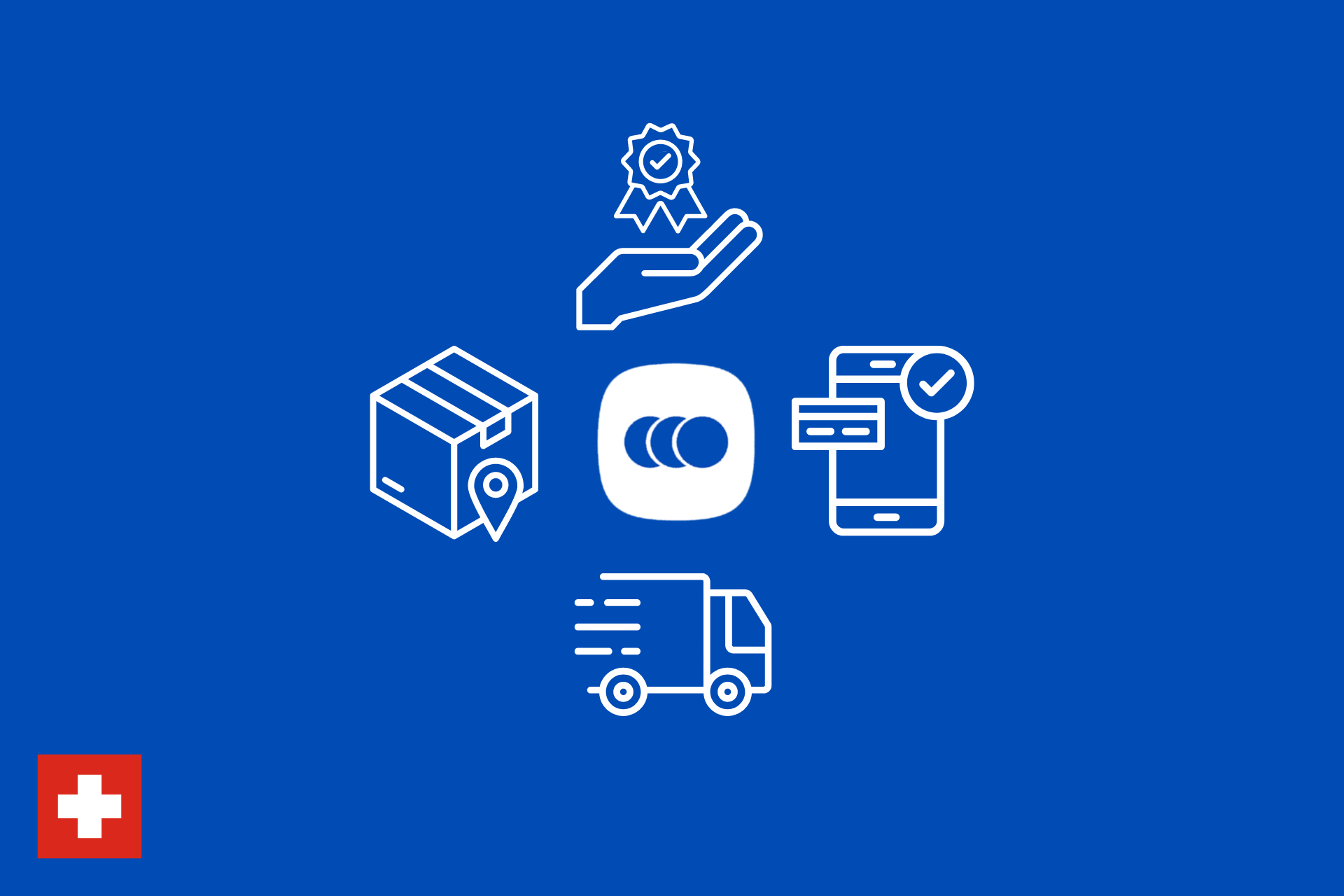Découvrez comment créer sa marketplace de seconde main en quatre étapesArticle
8 mai 2024

Le contenu que vous trouverez au sein de cet article :
En France, l’activité de la seconde main existe depuis très longtemps avec les brocantes, les friperies, les magasins Emmaüs, et plus récemment les plateformes numériques de revente en ligne.
Réduction du pouvoir d’achat, montée du sentiment éco-responsable, digitalisation des usages … le phénomène a gagné les Français et séduit les marques.
Dans la dernière édition de notre étude annuelle, son marché est estimé à plus de 128 milliards dans le monde, dont 32 milliards en Europe, avec une prévision de respectivement 346 et 86 milliards en 2028 ! (Voir la liste des presque 100 acteurs recensés dans notre étude)
Si créer une marketplace de seconde main est un projet créateur de valeur pour les marques, il est aussi exigeant, demandant une planification dans sa conception et une rigueur dans sa mise en œuvre.
Vous souhaitez créer votre propre plateforme ? Tripartie vous indique les étapes à suivre !
Phase 1 – La conception d’une plateforme dédiée à la seconde main
Analyser votre marché et définir votre proposition de valeur
Il faut commencer par comprendre le marché de la vente de seconde main dans votre région ou votre secteur d’intérêt.
Identifiez les besoins non satisfaits et les niches éventuelles où votre plateforme pourrait se démarquer, en réfléchissant :
- Au type de produits vous souhaitez vendre (vêtements, articles de luxe, meubles, électroménager…) ;
- À vos cibles (particuliers, professionnels, etc.) ;
- À ce qui vous différencie des autres marketplaces de seconde main (type ou qualité des services, prix attractifs, protection des achats…).
Choisir le bon modèle économique
Une fois l’orientation de marché prise, vient le tour du modèle économique. « Vos sources de revenu peuvent consister à prélever une commission sur chaque transaction, à facturer des frais d’inscription aux vendeurs, un montant d’abonnement mensuel ou encore à utiliser la publicité », rappelle Andréas Lambropoulos. Votre modèle peut également être hybride …
Choisir la plateforme technologique
Rappelons que les marketplaces présentent des caractéristiques techniques plus élaborées que les sites de e-commerce. Deux voies s’offrent à vous.
La première (à savoir le DIY), est d’utiliser des solutions prêtes à l’emploi pour créer votre marketplace de seconde main. On peut citer par exemple Shopify, Cocolabs, Origami Marketplace, Wizaplace, Kreezalid.
À l’inverse, la seconde consiste à développer votre propre plateforme sur-mesure, en sollicitant un développeur web spécialisé, et des designers pour créer une interface qualitative et conviviale. Un choix recommandé pour un projet ambitieux, si vous êtes un distributeur ou une marque importante et que vous disposez d’un budget conséquent.
Phase 2 – La préparation de la solution
Considérer les aspects juridiques et réglementaires
Une fois vos choix de conception réalisés, assurez-vous de bien comprendre les lois et réglementations régissant la vente de produits de seconde main sur votre marché.
Avocat de formation, Victorien De Doncker appelle à la vigilance : « au-delà de l’emballement du concept et de la technologie, les créateurs de marketplaces n’imaginent pas toujours les implications de leur projet en termes de propriété intellectuelle, de protection des consommateurs et de fiscalité ».
Prévoir les fonctionnalités essentielles
Pour fonctionner correctement et proposer une expérience utilisateur inoubliable, votre marketplace de seconde main doit prévoir de nombreuses fonctionnalités comme par exemple :
- Un espace utilisateurs ;
- Un formulaire de création d’annonce ;
- Un moteur de recherche avancée ;
- Un outils de détection avancé de la fraude ;
- Une solution de paiement sécurisé et de protection des achats ;
- Des solutions de livraison ;
- Un centre de résolution des litiges ;
- Des outils de communication (messagerie instantanée, forum…) ;
- Un système d’avis et évaluations client.
Il reste le système de paiement, qui mérite une attention particulière : « Chez Tripartie, nous avons une vision “holistique” de l’achat en ligne. Aussi et au-delà même de sécuriser la transaction, nous proposons à nos plateformes partenaires une solution tout-en-un incluant (i) le paiement, (ii) le process de livraison et (iii) la prise en charge complète de la gestion des litiges », avance Victorien.
Un avantage compétitif clé en main à en juger par les bénéfices procurés : économie en temps de traitement, effacement de la complexité technique et juridique, fonctionnalités avancées, mais aussi innovation continue et conformité à la réglementation en vigueur.
Phase 3 – La promotion de la marketplace
Recruter des vendeurs
Si son modèle est multimarque, votre plateforme doit attirer des vendeurs de produits de seconde main.
Plusieurs leviers et techniques (campagnes publicitaires, marketing en ligne, SEO, SEA, SMA, événements locaux, processus de vérification de la qualité des marchandises…) vous permettront de les attirer puis de les fidéliser.
Assurer la promotion de la plateforme
Les mêmes leviers peuvent être mobilisés pour toucher les futurs utilisateurs de votre marketplace de seconde main. Vous pouvez également collaborer avec des influenceurs en les contactant directement ou en passant par des agences spécialisées.
Ne négligez pas également d’adosser votre plateforme à un bon storytelling. Ainsi en lançant la sienne baptisée Seconde histoire avec le slogan “Rien ne se perd tout se transmet”, Cyrillus vouait véhiculer l’image d’un transmetteur d’un héritage classique par le vêtement.
Enfin, imaginez des campagnes marketing promotionnelles pour minimiser le temps de vente des produits et ainsi optimiser votre gestion de stock. « L’un des secrets réside alors dans la mise en valeur des produits avec des photos de très bonne qualité, un descriptif plutôt vendeur, une modération des commentaires, etc. », détaille Andréas.
Phase 4 – La gestion et le suivi de l’activité
Gérer la plateforme et fidéliser vos utilisateurs
Votre plateforme tourne et génère des transactions, Bravo !
Pour autant veillez à offrir un support client réactif, compétent et précis pour répondre aux questions et résoudre les problèmes de vos utilisateurs. Cela nourrira leur confiance et aidera à les fidéliser.
Au-delà, apportez une animation continue en proposant des offres et des promotions régulières.
Améliorer en continu et faire évoluer la marketplace
Faites des revues de performance régulières de votre plateforme, et analysez vos chiffres avec objectivité.
Par ailleurs, scrutez les avis et les commentaires des utilisateurs et apportez régulièrement des améliorations pour répondre aux besoins et rester compétitifs.
3 derniers TriparTips 🤓
- Commencez par un MVP (produit minimum viable) et améliorez-le au fil du temps
- Ne négligez jamais le besoin de sécurité de vos utilisateurs
- Soyez suffisamment à leur écoute pour anticiper les changements du marché
Vous lancez un projet de seconde main ?
Tripartie permet aux Retailers, Marketplaces et grandes entreprises d’investir le marché de la seconde-main et des plateformes entre particuliers rapidement, sans risque opérationnel et réputationnel.
Tripartie a une approche basée sur la confiance et fournit un ensemble d’outils pour assurer des transactions sûres et conformes ainsi qu’une résolution efficace des litiges utilisateurs. Réservez une démo !



